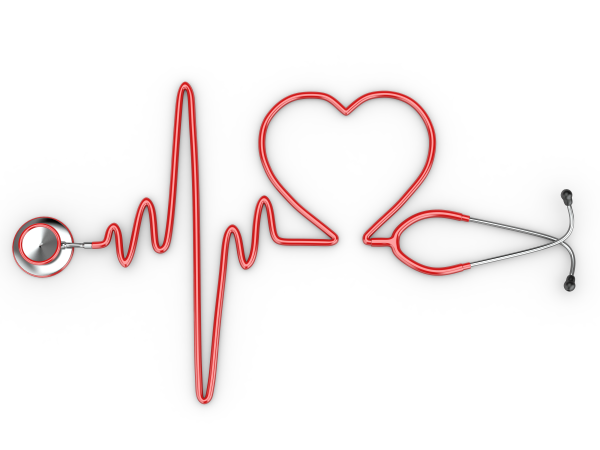What is Cardiac Output?

Often trainers and athletes will refer to the importance of increasing cardiac output. But what exactly is cardiac output, and why is it a relevant metric for athletic training? In a basic sense, cardiac output (CO) represents the total volume of blood pumped by the ventricle, and is the product of heart rate (HR) and stroke volume (SV). Stroke volume refers to the amount of blood ejected by the heart with each beat, while heart rate reflects the number of beats per minute. The three are often expressed together in the formula CO= HR x SV.
For the average adult, stroke volume at rest in a standing position will be between 60 and 80 milliliters, resulting in a resting heart rate of between 60 and 80 beats per minute, although resting heart rate can be as high as 100 beats per minute. Therefore, resting cardiac output is typically between 4.8 and 6.4 liters per minute. These numbers, however, are for an average person and not an athlete. Elite athletes have been found to have resting heart rates as low as 28 to 40 beats per minute, resulting in a much lower corresponding cardiac output.
How is Cardiac Output Affected by Training?
As cardiac output is dependent on both stroke volume and heart rate, changes to either factor will impact the final result. When you start exercising, higher cardiac output is driven by an increase in both factors, but once you reach approximately 50 to 60 percent of your individual capacity, stroke volume begins to plateau or, at the very least, increases at a much slower rate. From this point, any further increase to your cardiac output is due entirely to a quickening heart rate.
Interestingly, your heart rate actually starts to increase before you even begin to work out. Just the mere thought of exercise allows your body to prepare for activity in what is called an anticipatory response, brought about by the release of the neurotransmitters epinephrine and norepinephrine. Once you start exercising, your heart rate continues to increase in a linear fashion.
If the intensity of the workout continues to increase, so will your heart rate, until it reaches its maximum. If the exercise intensity remains constant, your heart rate will level to what is called a steady state. The one exception to the latter is a phenomenon called a cardiac drift, which is experienced when training in particularly hot weather. This means that, unless you are training in a hot climate, your cardiac output will decrease slightly or remain relatively unchanged during endurance training but will increase significantly during maximal exercise.
A Quick Note on Maximum Heart Rate
Often, the formula 220 beat per minute (bpm) minus age is used to determine an individual's maximum heart rate (HR max). However, this formula will only provide you with an estimate as to your HR max and may not be particularly accurate. The only direct way of determining your own HR max is to exercise at increasingly high intensities until your heart rate reaches a plateau.
Why Does Cardiac Output Increase During Training?
When training, cardiac output increases to meet your body’s demand for greater supplies of oxygen to the working muscles, as well as to send additional nutrients to tissues and to remove waste products. In addition, blood is redirected by the sympathetic nervous system to the active areas of your body and away from the nonessential areas; constriction in your blood vessels reduces the blood flow to the kidneys, liver, stomach, and intestines and concentrates blood to the skeletal muscles.
During rest, your skeletal muscles receive approximately 15 percent of your body’s blood flow, but this increases to between 60 to 70 percent during exercise. For example, the cardiac output of Olympic medal winners in cross country skiing was found to increase eight fold during competition, to around 40 liters for one minute maximal work, with a stroke volume of 210 milliliters per beat, according to Montana State University.
The next time you train or compete, bear in mind the age-old advice given to athletes that says you should not eat for several hours before training or competition. Avoiding food keeps the digestive system from competing with the skeletal muscles for greater blood flow, a problem that can seriously diminish your athletic performance.


